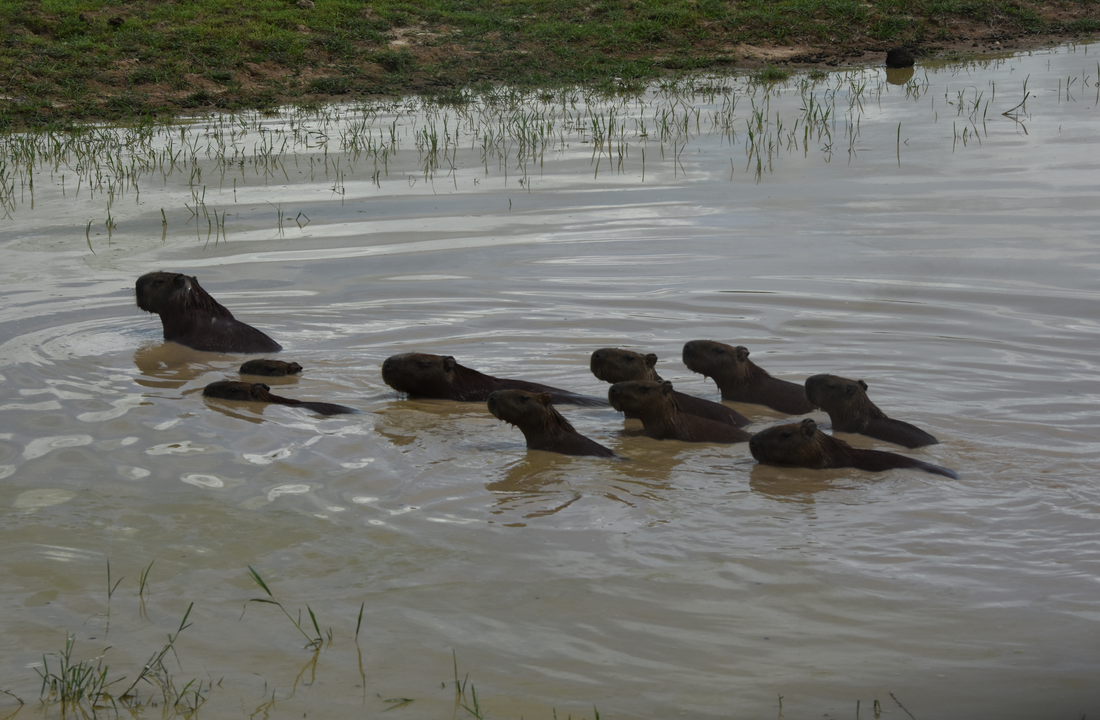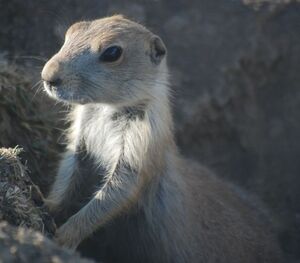Our research focuses on the processes driving evolutionary diversity across spatial and temporal scales. In particular, much of our current work focuses on adaptation (or lack thereof) to novel (e.g., introduced) pathogens that exert strong selection on naive hosts. This strong selection can either lead to reductions in host diversity or elicit adaptation. For instance, the pathogen causing avian malaria (Plasmodium relictum) was recently introduced to Hawai'i and subsequently caused the rapid decline of native honeycreeper species, including several extinctions. However, some species have recently begun to evolve tolerance to the pathogen. Similarly, the bacterium causing plague (Yersinia pestis) was accidentally introduced to western North America, evoking dramatic declines in prairie dog populations. Recently, some individuals have demonstrated resistance to the pathogen, but resistance has not become widespread across the species' ranges. We are investigating the genomic underpinnings of this rapid adaptation to pathogens, and exploring the constraints on adaptation. The observation that only a few honeycreeper species have evolved malaria tolerance, and a small number of prairie dogs exhibit plague resistance, suggests that genetic, ecological, and/or spatiotemporal constraints exist on widespread adaptation to pathogens.
Ongoing projects:
|
Interacting effects of plague and landscape structure on prairie dog genomes
Prairie dog (genus Cynomys) populations throughout the western U.S. are extirpated by a virulent bacterial pathogen, Yersinia pestis, which causes sylvatic plague. Plague causes 95-100% mortality of prairie dog colonies, exerting extremely strong selection. Resistance to plague has recently evolved in some populations, but resistance has not become fixed across the species ranges, despite such strong selection. We are testing the hypothesis that the landscape matrix governs whether resistance will evolve and persist. In small fragmented populations, adaptive diversity conferring resistance may be absent. However, in landscapes with high connectivity, adaptive alleles allowing individuals to survive plague may be diluted by an influx of non-adaptive diversity from neighboring populations. We seek to understand the how the landscape mediates adaptation to plague in prairie dogs. This work has been funded by the National Science Foundation, the University of Colorado, the CU Natural History Museum, and the Boulder County Nature Association. (See More) Rapid evolution of tolerance to avian malaria in Hawai'i 'amakihi Hawaiian honeycreepers are a classic example of adaptive radiations, but recently many species have declined to the brink of extinction due to the introduction of avian malaria. Although the disease is highly virulent, one species-- the Hawai'i 'amakihi (Chlorodrepanis virens)-- has evolved some resistance to malaria. We are working to understand which loci confer resistance, whether patterns are similar among islands and across taxa, and which ecological and life history traits facilitate the evolution of tolerance. This work has been funded by the National Science Foundation (EEID), National Geographic Society, the U.S. Fish and Wildlife Service, Smithsonian Institution, and Friends of the National Zoo. (See More) Evolutionary and ecological divergence in Gunnison’s prairie dogs At the macroevolutionary scale, habitat constraints influencing predator abundance, burrowing ability and plant availability may act as selective agents. Gunnison’s prairie dogs (C. gunnisoni) are split into two geographically disparate subspecies that occupy distinct habitats and are genetically differentiated. Using complementary approaches that include population genomics, coalescence theory and ecological niche modeling, we examine the contributions of different selection pressures to genetic diversity across scales. This work was funded by Colorado Parks and Wildlife. (See More) Predictors of infection in capybaras Capybaras are social, semi-aquatic mammals found throughout much of South America. They host a large number of pathogens and parasites; thus, we have started using them as a system to better understand which host traits--namely, genome, transcriptome, or microbiome--best explain whether individuals can resist infection. This work is funded by the Fulbright Commission, Fulbright Colombia, and ICETEX y ha sido apoyado por colaboradores de la Universidad de los Andes y Universidad Nacional de Colombia. (More coming soon) |










